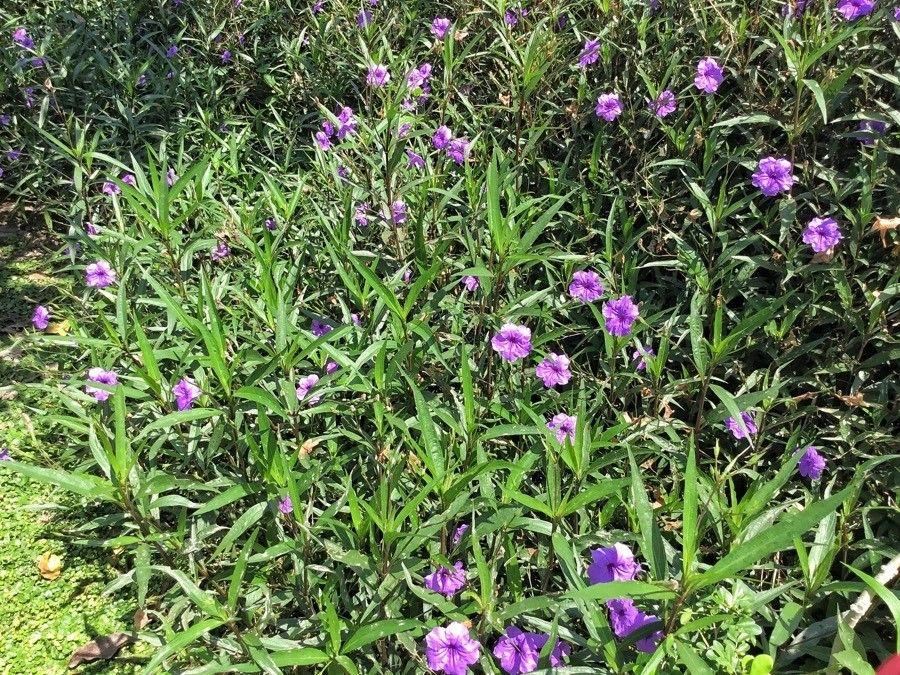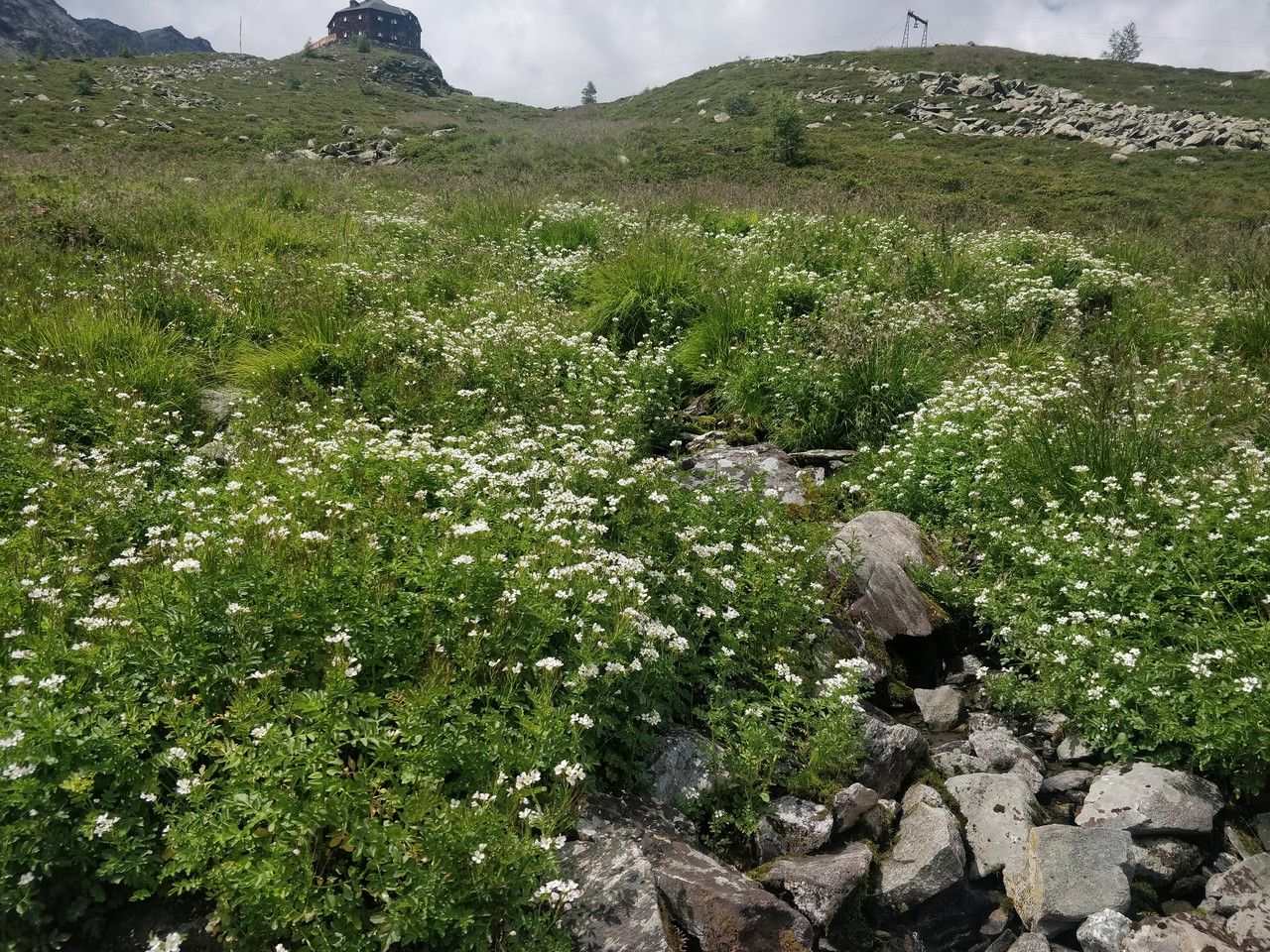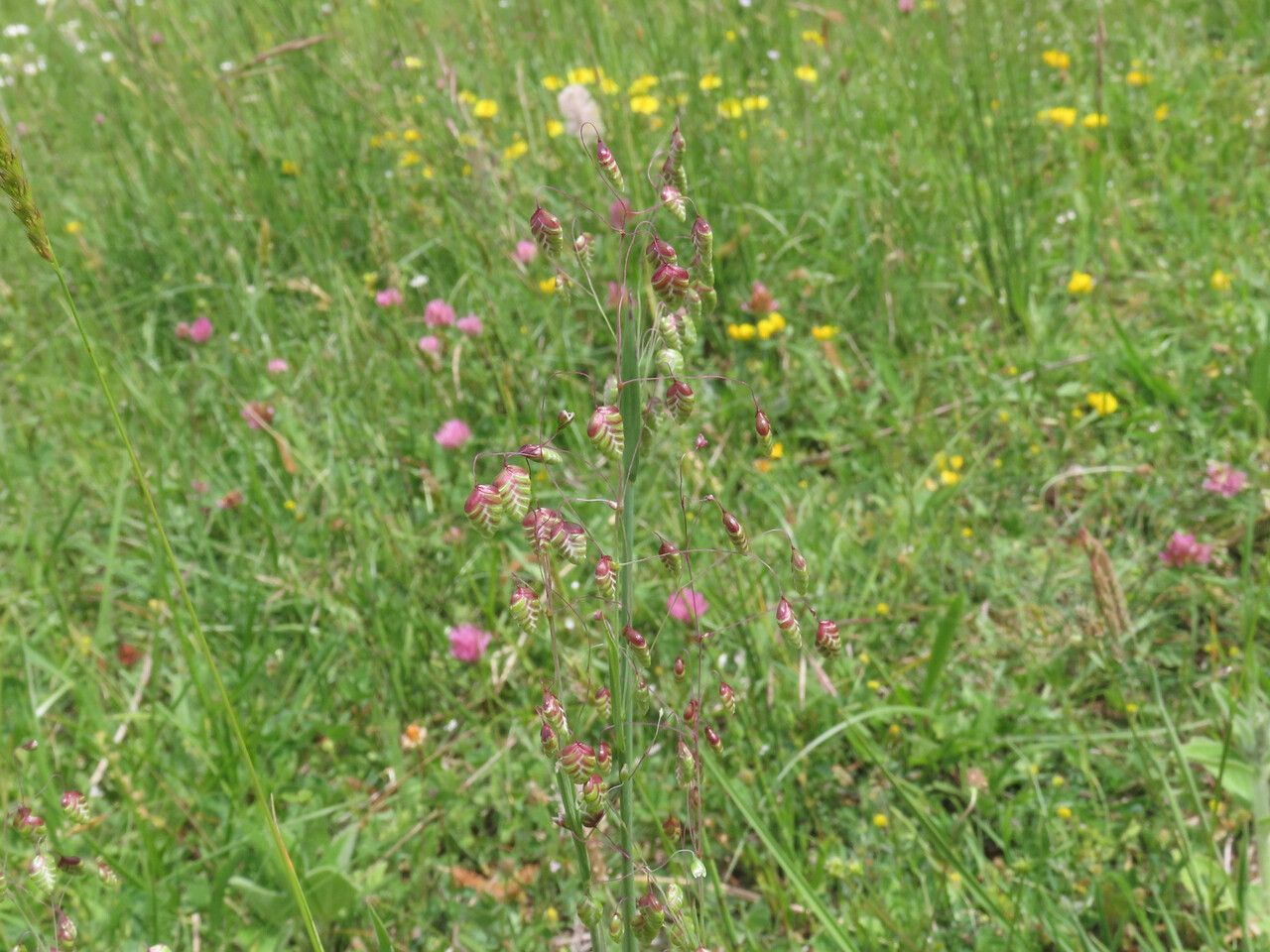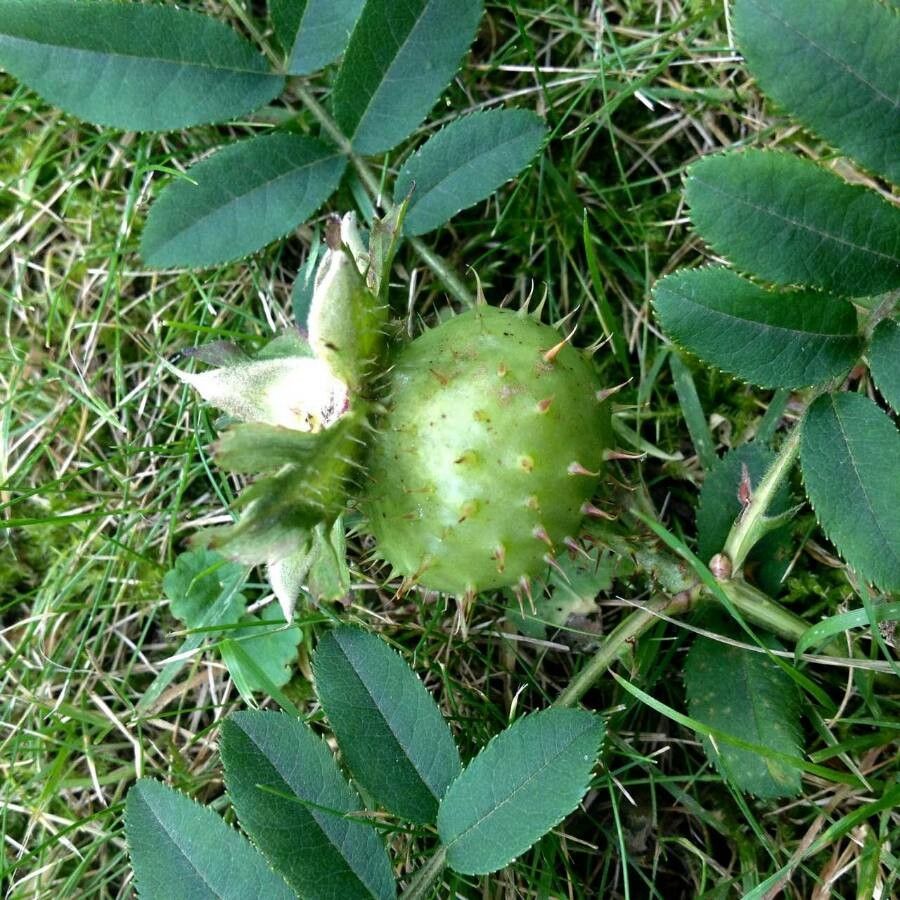### Britton's Wild Petunia: A Gardener's Delight
Britton's Wild Petunia, though not a true petunia, captivates with its vibrant blooms and unique characteristics. Belonging to the Acanthaceae family, this wildflower offers a touch of untamed beauty to gardens and natural landscapes alike. Its scientific name, while less catchy, reveals a closer familial relationship to plants like justicia and ruellia, highlighting its robust nature and ease of care.
### Identifying Britton's Wild Petunia
Before diving into cultivation, it’s crucial to correctly identify Britton's Wild Petunia. This striking plant showcases showy, trumpet-shaped flowers typically ranging in color from deep purple to vibrant lavender, sometimes with hints of white. The leaves are often lance-shaped and slightly hairy. Careful observation, coupled with a reliable plant identification guide, will help ensure accuracy.
### Habitat and Growth
Britton's Wild Petunia thrives in well-drained soil, exhibiting a preference for sandy or rocky conditions. While it appreciates moisture, avoid overwatering, as this can lead to root rot. Its natural habitat often includes open, sunny areas or partial shade, making it adaptable to a variety of garden settings. Expect a low-lying spreading habit, making it ideal as a groundcover or for filling gaps in borders.
### Sunlight Requirements
Britton's Wild Petunia generally prefers full sun to partial shade. At least six hours of direct sunlight per day is optimal, although some afternoon shade during the hottest parts of the summer might be beneficial in particularly hot climates. Monitor the plant; drooping leaves can indicate insufficient moisture or excessive sunlight.
### Soil Needs
As mentioned, well-drained soil is critical. Heavy clay soils should be amended with compost or other organic matter to improve drainage and aeration. The pH should ideally be slightly acidic to neutral (around 6.0-7.0). Poor drainage leads to soggy roots, ultimately hindering the plant's growth and potentially causing fungal diseases.
### Propagation and Care
Propagation is readily achieved through seeds, which can be sown directly into the ground in spring after the last frost or started indoors several weeks prior. Deadheading, or removing spent blooms, encourages continued flowering throughout the growing season. Regular weeding is also beneficial to prevent competition for resources. While generally pest-resistant, monitor for signs of common garden pests and diseases and treat promptly if necessary.
### Britton's Wild Petunia in Your Garden
Britton's Wild Petunia is a versatile addition to many garden styles, complementing both formal and informal settings. Its low-maintenance nature and striking beauty make it a rewarding plant for beginner and experienced gardeners alike. Consider using it in rock gardens, wildflower meadows, or as a vibrant border plant.
### Conclusion
Britton's Wild Petunia offers a delightful blend of beauty and resilience. By understanding its specific needs and following these simple guidelines, you can enjoy the vibrancy of this enchanting wildflower in your own garden for years to come. Remember to always prioritize well-drained soil and ample sunlight for optimal growth.
Britton's Wild Petunia: Planting & Care Guide

Frequently Asked Questions
How to grow Britton's Wild Petunia?
Sow seeds directly outdoors after the last frost or start indoors several weeks earlier. Ensure well-drained, slightly acidic soil and at least 6 hours of sunlight daily. Water regularly but avoid overwatering.
What type of soil does Britton's Wild Petunia need?
Britton's Wild Petunia thrives in well-drained soil, ideally sandy or rocky. Amend heavy clay soils with compost to improve drainage. A slightly acidic to neutral pH (6.0-7.0) is best.


